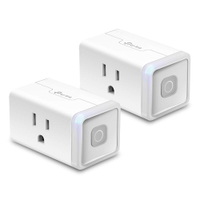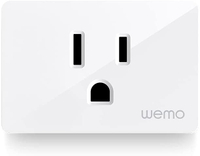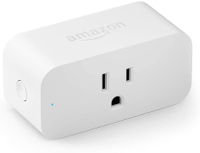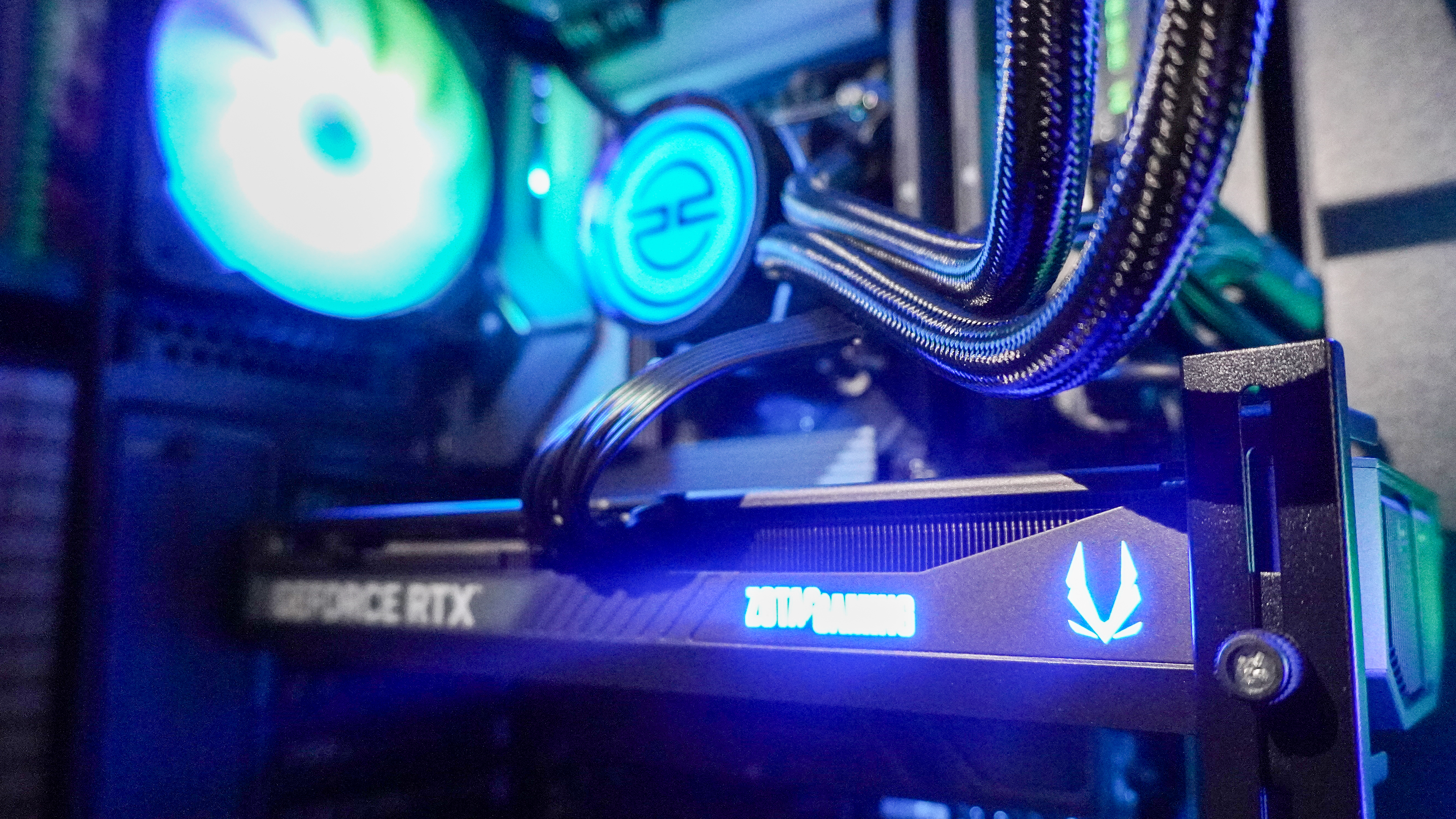Smart plugs are great — except for this one thing
These simple on/off switches for outlet-powered gadgets are too basic to help devices pick up from where they left off
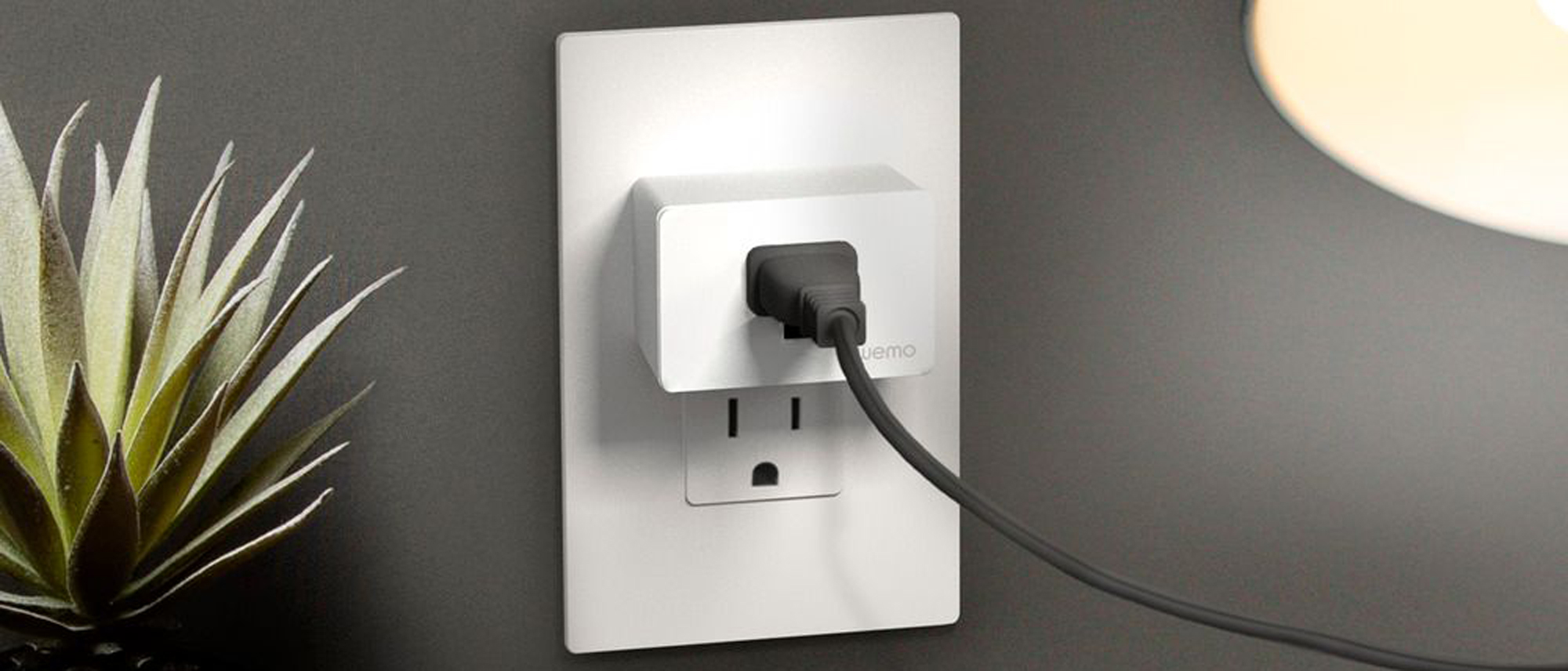
I've amassed a collection of a number of the best smart plugs over the years. Smart plugs work by simply allowing or blocking power flow to turn connected appliances on or off. These affordable gadgets attach to your electrical socket and then connect to your Wi-Fi network. You can plug any of your outlet-powered devices like lamps, fans, and appliances into this middleman to control them from anywhere through an app or voice assistant.
The newest models are both much smaller and smarter with advanced energy monitoring and complex scheduling features. Yet smart plugs aren't so smart in my eyes. My biggest beef with what most would argue as one of the best smart home devices is that they cannot retain the settings of gadgets plugged into them once they lose power. There's a variety of devices with adjustable settings like the flashing modes on a string light to the brew strength of a coffee maker—a challenge since you can't select your preference because smart plugs don't do any more than enable or take away power flow to your gadgets.
TP-Link Kasa Matter Smart Plug (2-Pack): was $40 now $23 @ Amazon
This smart plug from TP-Link is one of the best smart plugs for its small size and affordable price. It supports Matter to work across all major smart home ecosystems. Plus its feature-packed app monitors energy usage and lets you schedule when the connected devices turn on and off. At $12 per plug this is one of the cheapest ways to make any appliance "smart."
Why can't a smart plug return devices to previous power states?
Smart plugs lack onboard memory or processing capabilities to store or recall what settings you've applied to an individual device. That's unfortunate since most older devices don't remember their state upon power failure. My older window air conditioning unit and Christmas tree lighting are two great examples of where this becomes a problem.
I can't just use a smart plug to have my older window A/C unit turn on to the exact temperature settings I want. Instead, I have to set it to 66 degrees by hand each night before I hop into bed. The smart plug turns the A/C unit off when the smart temperature sensor in my room detects that its reached 66 degrees. However, if I use the smart plug to turn on my A/C when the temperature rises, it sits in a selection standby mode that waits on a physical button press to manually select between a fan or cooling mode. Oftentimes this means my room gets uncomfortably hot by the time I wake up.
While a smart plug can turn my tree's string lighting on or off, I have to manually click the power button down three times each morning to enable the gradual color-fading effect I like. My tree doesn't just turn on to my preferred lighting effect preset. For a gadget with smart in its name, a smart plug really just a simple on-and-off switch that can't recall the previous operating mode of a connected device after a power cycle. So how can you get around that?
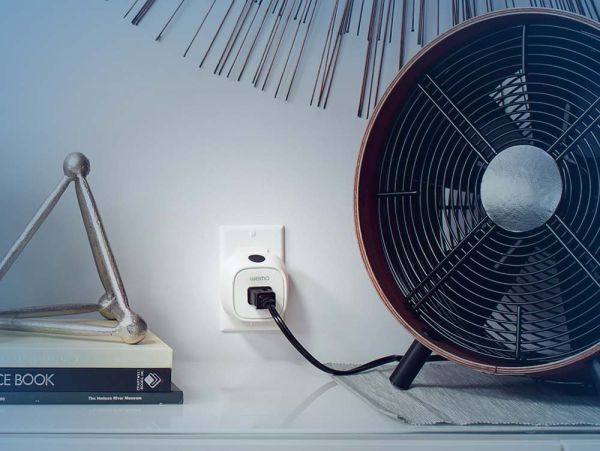
Look for devices with physical setting controls
Admittedly it's not up to the plugs to get smarter. Certain devices like air conditioners have built-in monitors to recall power states after they turn off. That way when a temperature sensor hits a desired temperature it can turn off and pick back up when it gets too hot.
In the meantime, you can simply opt for devices with manual mode dials, buttons, and sliders that you have to set in place to select a preset option. This leaves the device in its desired mode once power is restored. (Or pick up one of the best smart air conditioners). So for a heated blanket that may look like a slider on the "Heat on" setting. For a fan that might be cranking the dial to a numeric speed setting and leaving it there. And for a set of string lights that might be pushing down the button that corresponds with a gradual twinkling effect.
I've watched the prices of smart plugs come down over time. These are still the best way to easily and cheaply add core smart home functionality to your space including scheduling and remote management from anywhere. The options below are some of the best smart plugs you can buy right now. At least that's unless there's a category breakthrough model that remembers pre-selected modes and settings.
WeMo Smart Plug: $29 @ Amazon
Hook up a WeMo Smart Plug to a regular electrical outlet, and you can control the power to anything that's plugged in, using either an app connected over Wi-Fi or your own voice via Alexa or Google Assistant without a hub.
Amazon Smart Plug: was $25 now $19 @ Amazon
This model only works with Alexa smart homes, but it's the easiest option for pairing and controlling with your voice from an Amazon Echo device or through the Alexa smart app.
More from Tom's Guide
Sign up to get the BEST of Tom's Guide direct to your inbox.
Get instant access to breaking news, the hottest reviews, great deals and helpful tips.

Hunter Fenollol is a Senior Editor for Tom’s Guide. He specializes in smart home gadgets and appliances. Prior to joining the team, Hunter reviewed computers, wearables, and mixed reality gear for publications that include CNN Underscored, Popular Mechanics, and Laptop Magazine. When he’s not testing out the latest cooking gadgets, you can likely find him playing a round of golf or out with friends feeding his paycheck to a QuickHit slot machine. Hunter started his career as an intern at Tom’s Guide back in 2019 while in college. He graduated from Long Island University Post with a degree in Communications and minor in Advertising. He has been vlogging ever since the iPhone 4 took front-facing cameras mainstream.
-
jladams97 The title here should be “smart plugs are great, it’s the devices plugged into them that can be a challenge.”Reply
I ran into this issue with some string lights I recently bought for my daughter. So, I just returned them and bought another set. That set remembers its last light pattern. Really, this isn’t so much to ask of an electronic device. I mean, there are all sorts of reasons power can be cut to a device, any device that doesn’t remember settings when it gets power again isn’t a very good device.
Also, in my opinion, the best smart plugs right now, at least for Apple Home, are not any of the ones listed with this article but rather the Beysen Matter Smart Plug 4-pack on Amazon for $29.99 after applying the $10 coupon. Easy to set up and super reliable, at least with my Apple Home set up. -
Eric Van Boven That is not on the smart device but on your dumb digital device. analog device will work fine. digital only if you can program it and store setting in firmware. dont try to use anything that comes with a remote.Reply -
jdroberts.ha Reply
First rule of home automation: “ the model number matters.” Different smart plugs have different features, and some can handle quite complex rules. Or can be used via a home automation platform with rules.admin said:Smart plugs control the flow of power between your outlet-powered device and an electrical socket. However, their lack of onboard memory means they can't remember individual device settings like the temperature settings of an older air conditioner or the animation mode you prefer for lights.
Smart plugs are great — except for this one thing : Read more
However, as others have said, some of the issues you’ve run into aren’t with the smart plug at all: they’re with the device that you are turning on and off. And again, the model number matters. There are some fans and lights that do retain internal settings. If it’s a feature that’s important to you, you have to research to find models that will do what you want.
For air conditioners, for example, specifically ones that also have a handheld remote, you can usually get an independent thermostat device like Cielo or Sensibo that can be programmed to send the correct remote signals based on the rules you’ve set up. That easily handles things like automating temperature changes.
So it’s all about selecting devices that have the features that you want to make your Home Automation happen the way you want it to. -
jdroberts.ha Reply
Sometimes having a remote is what gives you more automation choices. Because you can substitute for the remote with a programmable device that has an app or that works with your Home Automation platform of choice. For example, there are independent thermostat devices like Cielo and Sensibo which allow you to control most air conditioners that have a remote and you can program whatever rules you want. That makes programming temperature changes easy. They also work with voices assistants.Eric Van Boven said:That is not on the smart device but on your dumb digital device. analog device will work fine. digital only if you can program it and store setting in firmware. dont try to use anything that comes with a remote.
And bond has a programmable device that works with many fans, again giving you integration to other home automation systems, and voice assistants.
So there really isn’t a general rule for any of this: it all comes down to the specific features of the specific models you are using. -
jdroberts.ha Also, an interesting new candidate is the Tapo 125M. Costs about ten dollars at Amazon for a single socket Smart plug. It has matter over WiFi support, so it will work with the big Home Automation platforms simultaneously if you like: Alexa, Apple Home, Google, SmartThings. UL listed for up to 1800 W. Has its own app where you can set up some simple rules, including vacation lighting where it turns on and off randomly to make it look like someone’s home. And of course you can set up more complex rules in one of the other platforms. These days, I would choose it over either of the other candidates listed in the article, but different things will work for different people. Still, it’s worth checking out.Reply
